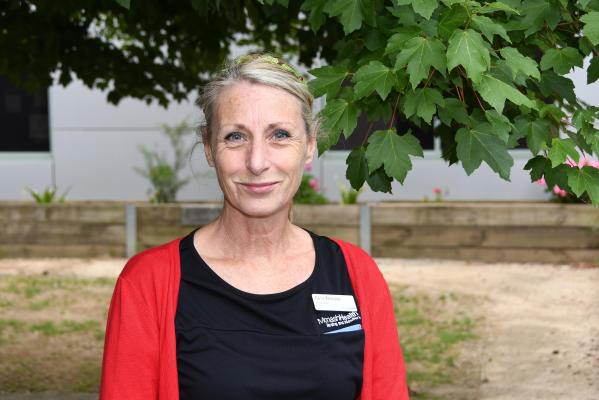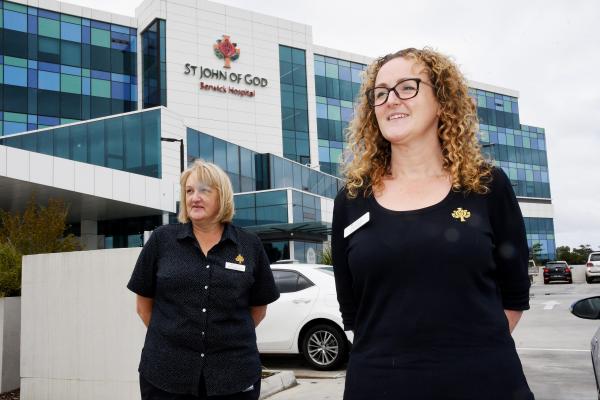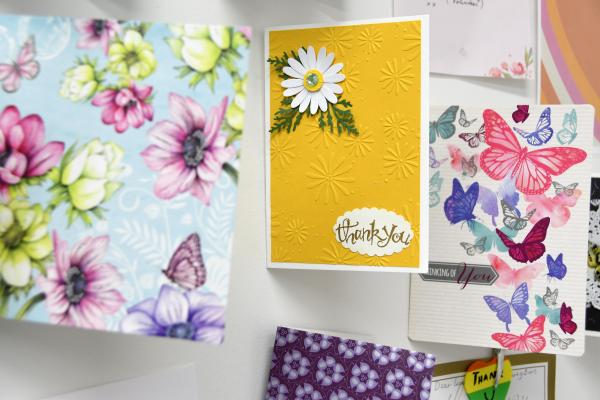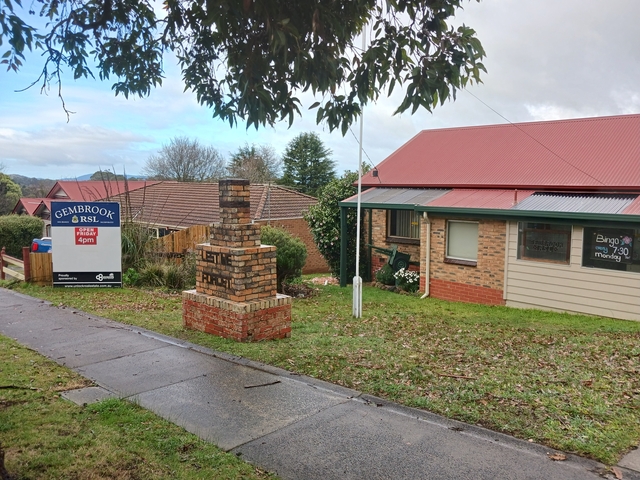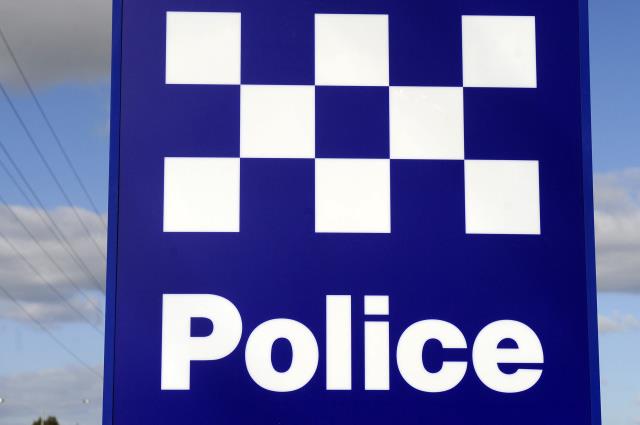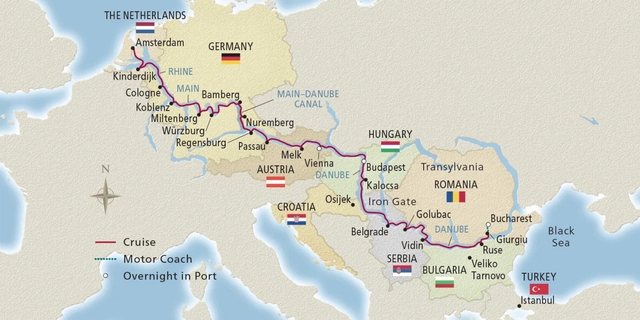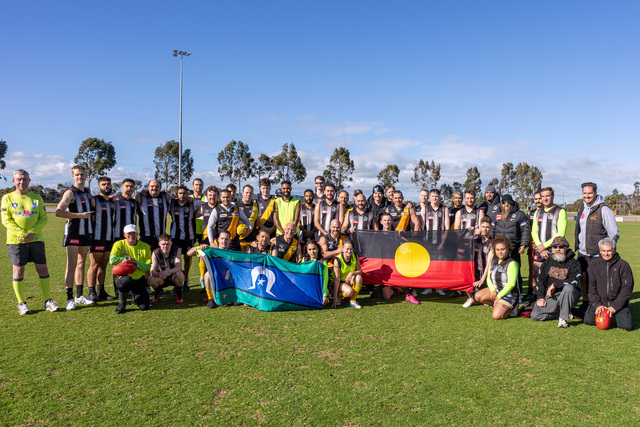Last January, it seemed the whole world waited with bated breath as news of a new virus outbreak in Wuhan, China, reached our shores.
The first case in Australia was identified on 25 January, 2020.
And although no one could have predicted what was to come, behind the scenes, our frontline health care workers were quietly preparing.
It wasn’t just in-hospital wards that had to get ready.
Hospitals are complex, with multiple units to deal with the health challenges of the public.
At Monash Health Casey Hospital, Sally Webster was grappling with the challenge of delivering care to people outside of a ward in the middle of a pandemic.
She’s the nurse unit manager of Hospital in the Home, which delivers hospital care to admitted patients in their own home.
Stringent infection control procedures are, of course, always in place – but when it’s an environment you have no control over, concerns can arise.
“Safety was paramount,” she says, for both her staff and the patient.
Risk screening of patients was in place before staff went to visit, so that precautions could be put in place if needed. With the niggling worry of carrying the virus home ever-present, Sally and other managers ensured staff were supported emotionally and that they knew they would go home safely each day.
Across town Janet McAllister, nurse unit manager at St John of God’s Langmore Centre Shepton Aged Care Unit, recalls working in intensive care as the first Covid cases arrived, and realising how little clinical knowledge there was around this new pathogen.
“I don’t think at that time we realised how virulent it was and how quickly it spread,” she says.
“We knew it was aerosol generated, that you need distance and masks, good hand hygiene and cough etiquette.”
She and her colleague Karen Ward, nurse unit manager for aged care in St John of God Berwick Hospital’s Covid-19 ward agree that they had never seen anything like Covid-19 in all their decades of nursing.
Nevertheless, plans began for what would eventuate: a pandemic that would infect thousands across Victoria.
It was expected to hit hard, as it did overseas.
For Karen and Janet, working in the private sector, they knew that the public sector – in Berwick, Casey Hospital – would take on the bulk of the Covid-related work – but St John of God staff still needed to stand ready for anything.
Karen says the plan initially was for some of the private hospitals to be kept “clean” – that is, Covid-free – to provide vital back-up for daily medical care and surgery in the event that patients needed to be transferred out of the public system to make way for infected patients.
Or, as Janet explains, “making sure you kept the health system going”.
There were simulations and mock practises of patient transfers. Nurses from across the hospital were quickly upskilled with basic intensive care skills, in case they were needed should the worst happen.
“We expected ICUs to be really full,” Karen says.
“All the planning right from the beginning was around ICU – working out what areas we could expand if we needed more beds.”
Thankfully, she adds, the first wave was relatively mild and hospitals didn’t fill as expected.
Then the second wave arrived.
“It was clear pretty soon that in this second wave, the ones who’d been hit were some of the most vulnerable in the community, and that was aged care,” Janet remembers.
“I don’t think any of us expected it to be hit that hard. It took a huge toll.”
Karen agrees: “it happened so quickly, we thought we were getting better”.
This was where their unit came to the fore.
One morning, Karen was pulled from a meeting and told the news: nursing home residents were en route, some of them positive, and the ward needed to be prepared immediately.
The hospital swung into what Karen describes as “organised chaos”.
Porters, allied health assistants and physios arrived on the floor and began moving patients, who were allocated to any available bed in the hospital. The maintenance team rushed to put up new shelving, doors and plastic tarp. Rooms were converted into changing areas for nurses.
An executive assistant bought shower gel, shampoo and conditioner so Covid ward nurses could shower on site before going home. Any surplus equipment was moved to a different part of the hospital, to be brought back if required.
Pastoral care staff hit the phones to alert family members of where their loved ones were.
And, as the last patient left the floor, the first nursing home resident was coming up the lift to be admitted.
“It was very close,” Karen recalls.
“When they came, we had no idea who was positive and who was negative.”
Of the residents who arrived, 24 were positive and six negative. Those six remained negative for the duration of their stay at St John, and no staff caught Covid from the patients.
But looking after patients with dementia, with Alzheimer’s, with little understanding of English, presented challenges. Residents had to be bathed everyday instead of showered, with showering considered an aerosol transmission risk. They were confused about the nurses looking after them, who were necessarily covered in head-to-toe PPE, and about why they needed to be swabbed.
“When you can’t explain or comfort them properly because they can’t see your face, don’t understand, or can’t speak English, it felt like you were violating people,” Karen says.
“It was heartbreaking.”
Staff worked 12, 14 and 16 hour shifts in those first few days, with ‘clean’ and ‘dirty’ sections of the hospital kept entirely separate and different teams assigned to tasks like paperwork and running errands and messages.
For the floor staff, it was some of the most challenging work they’d ever done. Wearing full PPE constantly was uncomfortable, but as Karen says, “you just did it”.
Some of her staff were concerned about the infection risk and the possibility of bringing Covid home to their families.
But Janet says their training and preparation – their knowledge of infection control, of donning and doffing – stood them in good stead.
“A part of both our roles was helping staff with that, reassuring them … that if you follow the procedures and practises … your chances are minimised,” she says.
Karen agrees: “We’re exposed to infections all the time and we don’t take them home, so if you’re doing the right thing, following the training, it will keep you as safe as possible.”
Meanwhile, Sally was out in the community working at Covid screening clinics.
She started at Pakenham Health Care Centre, seeing around 150 people a day until that number climbed rapidly with an outbreak of Covid in the town.
From April to September, her role revolved around educating staff, making sure IT processes were followed and documentation was done correctly, and patients received their Covid results quickly.
In July as the second wave gathered momentum, she moved to IYU Reserve in Pakenham and began working with the ADF to run the testing station there, at some points seeing over 1000 patients a day.
It was a gloomy time for many of us, but despite the ever-present risk of a virulent virus, Sally says Covid has had its positive moments.
Working with health workers from different departments and from the ADF was a highlight, she says, and the widespread take-up of Telehealth has been beneficial for timely patient care.
And of course, there’s the kindness that was evident in the community throughout the pandemic.
“You saw people going through some really stressful and quite frightening times in some instances, and people were really kind and respectful to each other,” she says.
“I’m really proud of our community.”
It’s a sentiment that’s echoed by Karen and Janet at St John of God.
Nurses from across the St John of God Victorian network put up their hands to help out as Melbourne struggled through its high numbers of cases, and businesses and individuals alike donated care packs to patients at the hospital, and food to the nurses.
We’ve come out the other side now thanks to that team effort, they say – from environmental staff, caterers, maintenance and infection control teams in the hospitals, to cleaners, paramedics, teachers, family members and, of course, the doctors and nurses.
While recent weeks have seen community transmission return to Victoria, the nurses say that if we persevere together, the virus risk will be minimised and we will see it run its course.
Thankyou cards now line the walls of the tearoom at what was the Covid ward at St John of God Berwick Hospital – but Karen and Janet laugh at suggestions that they are ‘legends’.
“You don’t expect to be in a pandemic, but you do it because it’s your job, what you’re trained to do, and you know that you’re there to help,” Karen says.
“It was an experience. Hopefully I don’t ever have to do it again, but I’m glad I did it. You come into nursing for a reason.”

